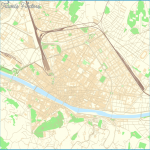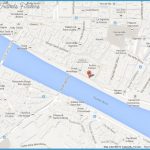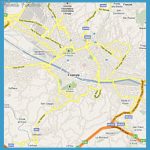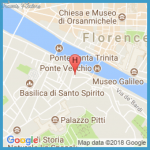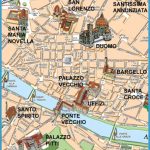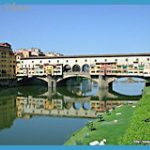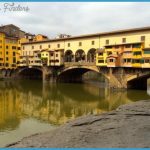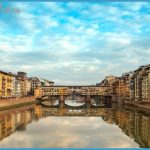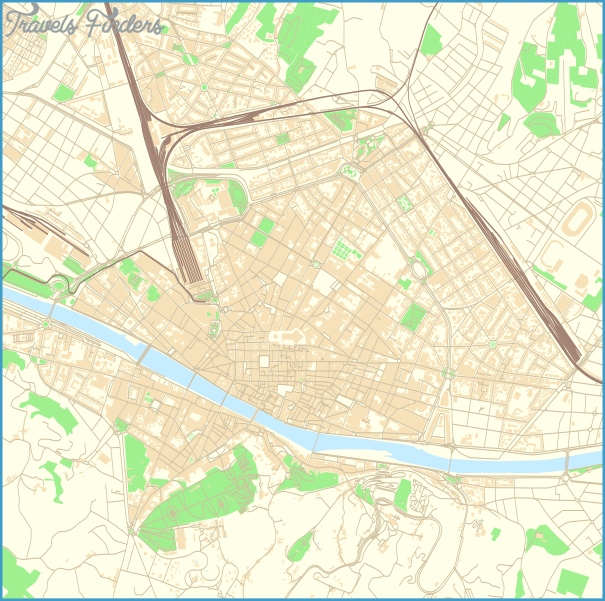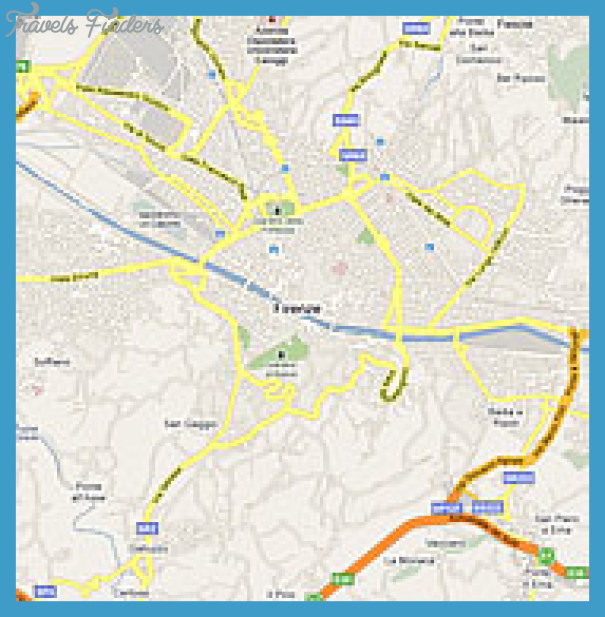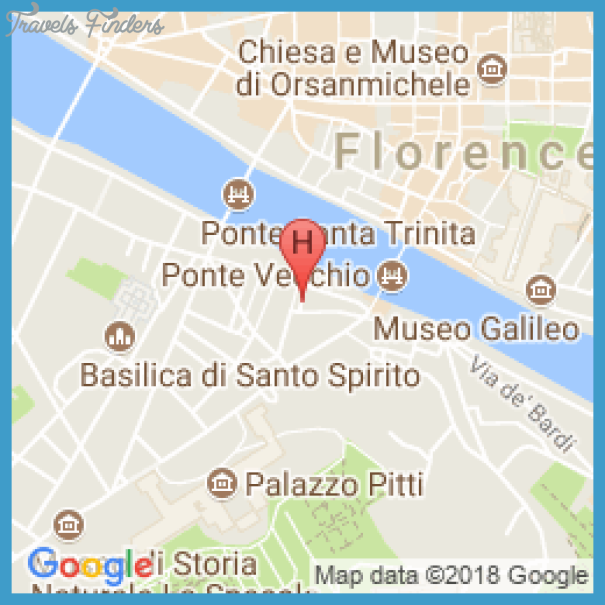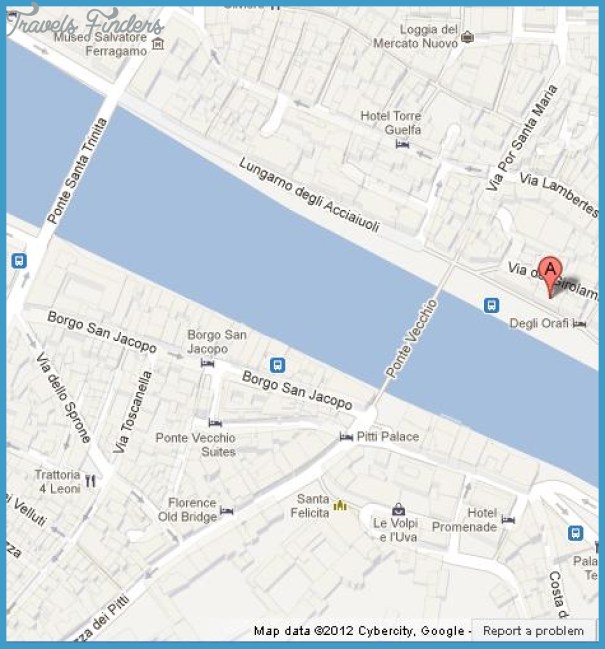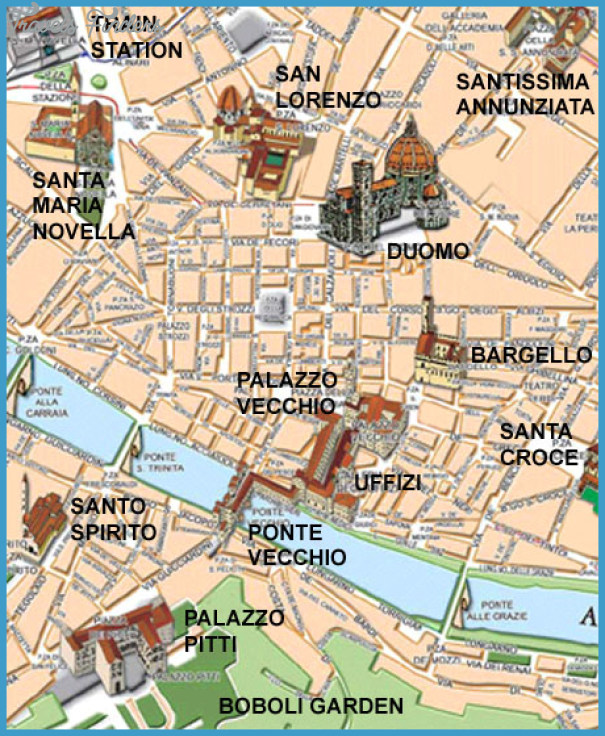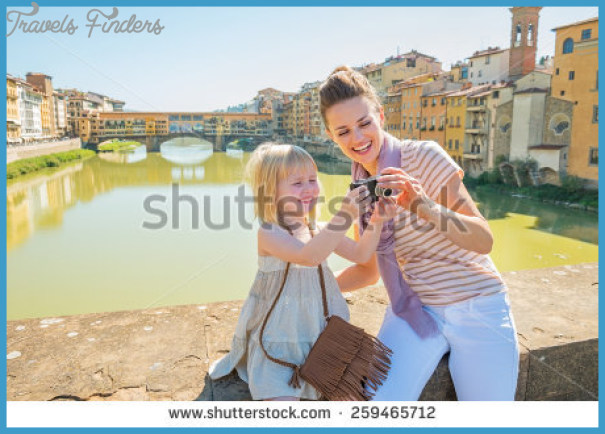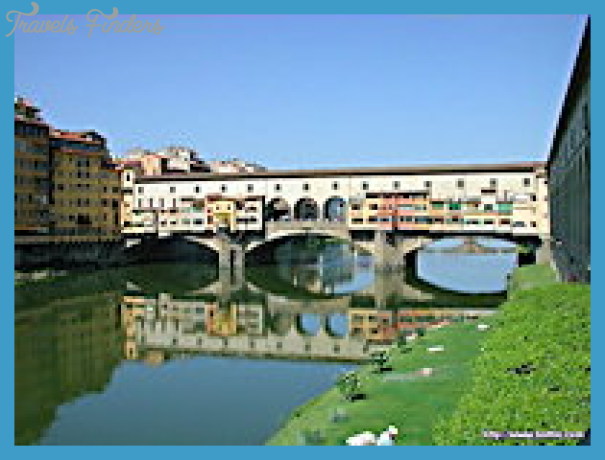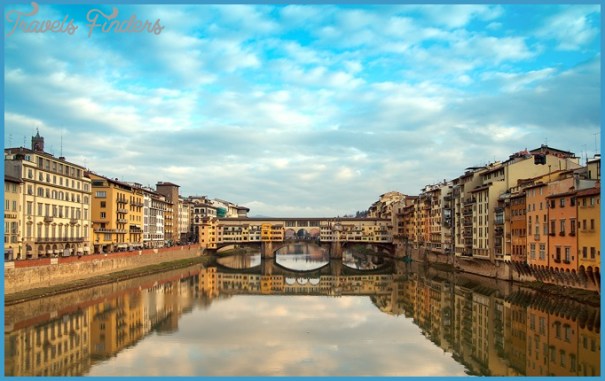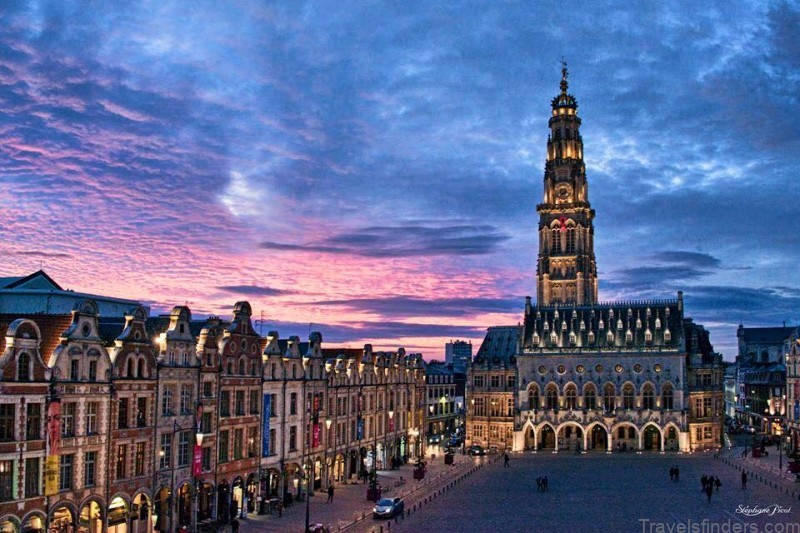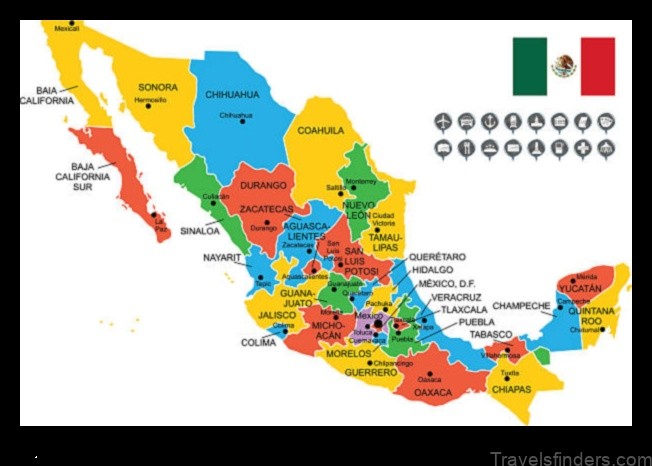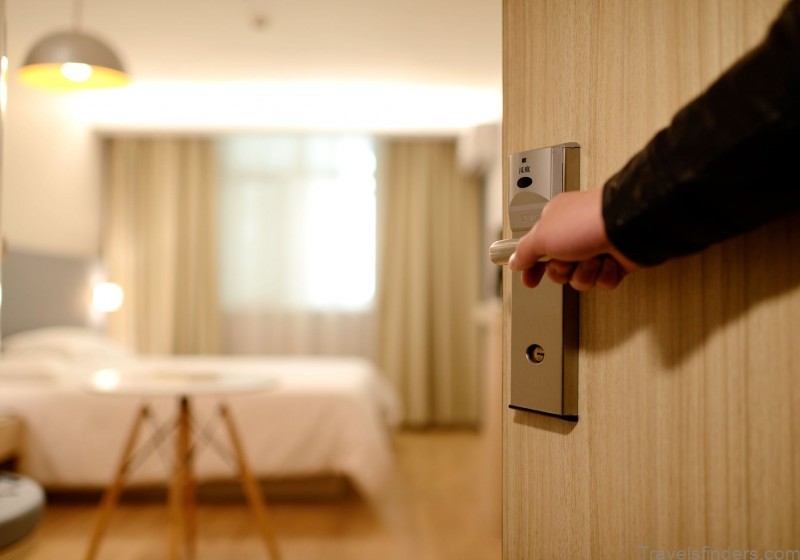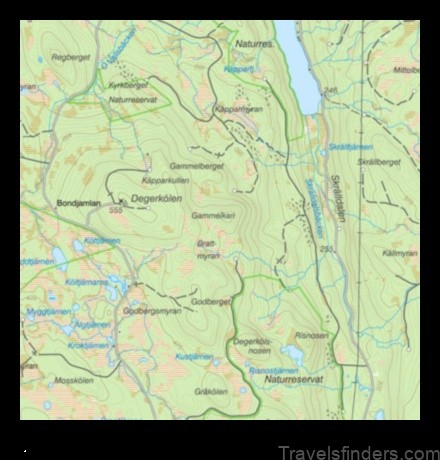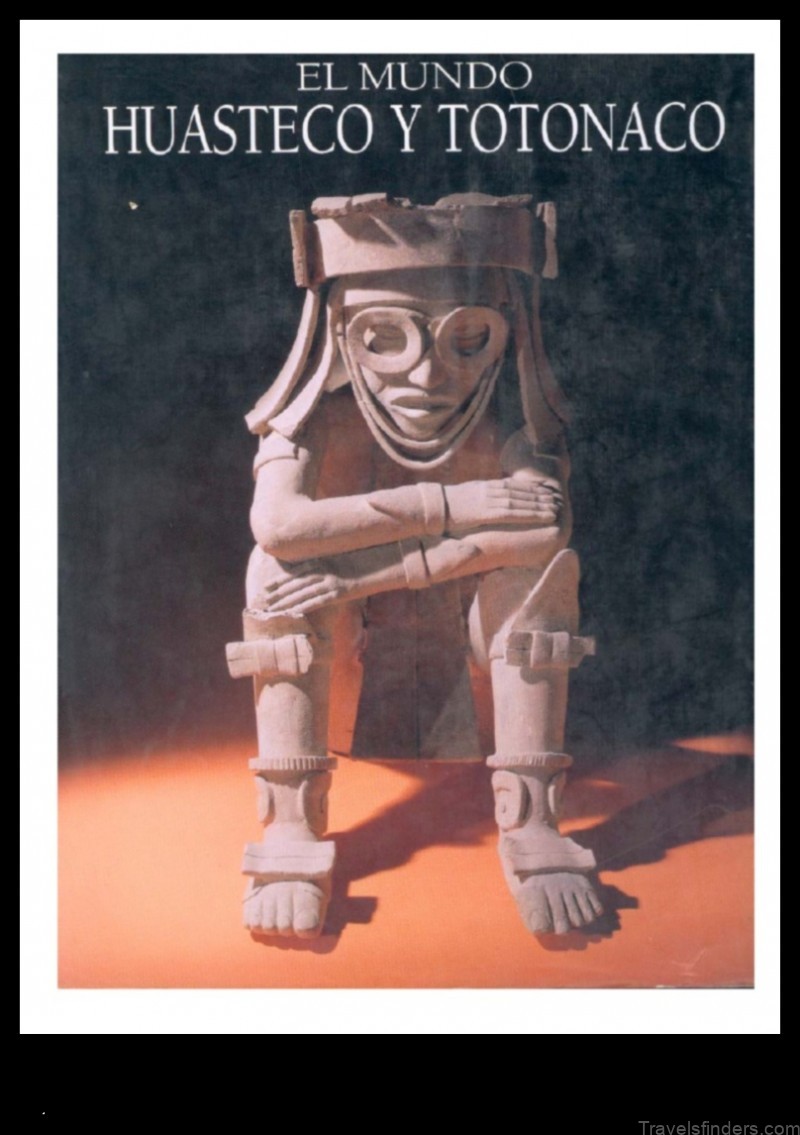PONTE VECCHIO BRIDGE MAP
Crossing Arno River, Florence, Italy Designer Taddeo Gaddi Completed 1345 Length 330 feet (100 meters)
Material Masonry Type Arch
This picturesque Florentine landmark is an inhabited bridge, lined with shops selling gold jewelry and antiques.
The Ponte Vecchio is more than a bridge. It is a street, a marketplace, a public square, and an enduring icon of Florence, a city whose identity has long been defined by its bridges and the turbulent river they cross.
The first substantial bridge across the Arno, it was built after the flood of 1177. Housing shops and residences, it was an inhabited bridge, peculiar to and common throughout Europe in the Middle Ages. Butchers, tanners, and farmers hawked their goods from the shops lining its roadway, the rental of which financed new public works. Three more bridges, the Santa Trinita, Nuovo (now Carraia), and Rubaconte (now Grazie), were built to handle the city’s expansion; by 1218 the oldest bridge began to be referred to as Vecchio (old) in order to distinguish it from the newer ones.
The Ponte Vecchio, connecting the two halves of the walled city of Florence, was at the same time the city’s social and commercial hub. It withstood periodic assaults by fire and water until it succumbed to an apocalyptic flood in 1333, devastating the city’s inhabitants. Though debated, the present design is generally attributed to Taddeo Gaddi (c. 1300-1366), better known as a painter and disciple of Giotto di Bondone. Ponte Vecchio, combining as it did a piazza for mingling, a bustling marketplace, and, at one end, a hospital could be regarded as a concentrated version of the city itself.
PONTE VECCHIO BRIDGE MAP Photo Gallery
R.W.B. LEWIS, THE CITY OF FLORENCE, 1995
In a radical departure, Gaddi did not use the semicircular arch favored by the Romans but a shallow segmental arch that, though unknown in Europe at the time, had been used in China centuries earlier. Because it required fewer piers than a semicircular arch, a segmental arch facilitated navigation; the low pitch of its roadway made it easier for animal-drawn carts to cross.
The massive piers are finished with pointed cutwaters to reduce their resistance to the current. In the center, Gaddi left a piazzadescribed by fifteenth-century architectural theorist Leon Battista Alberti as the chief ornament of the city where citizens could gather, debate, and enjoy the river view.
In 1564 Duke Cosimo I de’ Medici decided to remodel. His plans, put into effect by the great architect Giorgio Vasari, included the construction of a roofed passageway that would stretch from the Uffizi over the Ponte Vecchio and arrive ultimately at the Pitti Palace. The route, entirely and symbolically above street level, would be used by the duke and his court. Not surprisingly, a decree ordering the removal of the bridge’s more odoriferous tenants was soon effected; henceforth the bridge would become the obligatory abode of the city’s goldsmiths and money changers. Luxury goods have been sold there ever since.
The Arno again surged over its banks in 1966, nearly obliterating the city. Florentines who experienced the disastrous flood said it was almost worse than the events of August 3, 1944. On that night German Bombers reduced to rubble all of Florence’s bridges, with the exception of Ponte Vecchio, which was spared by direct order of Hitler.
After the war, imaginative plans were put forth to rebuild the area surrounding the Ponte Vecchio, but in the end it was decided that things should remain as they had always been. At the heart of the picturesque jumble of banks, restaurants, and hotels that quickly sprang up to replace those that had been destroyed is the Ponte Vecchio. The Vasari Corridor houses some of the Uffizi’s renowned collection of self- Centuries of additions and annexes give the bridge its distinctive, irregular configuration.

